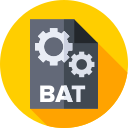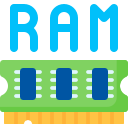Observer design pattern in Java
The Observer design pattern is a Behavioral design pattern that defines a one-to-many dependency between objects so that when one object changes state, all its dependent objects (observers) are notified and updated automatically. This pattern is also known as the Publish-Subscribe pattern. Observer design pattern real world example Let’s understand the observer design pattern with… Read More »









